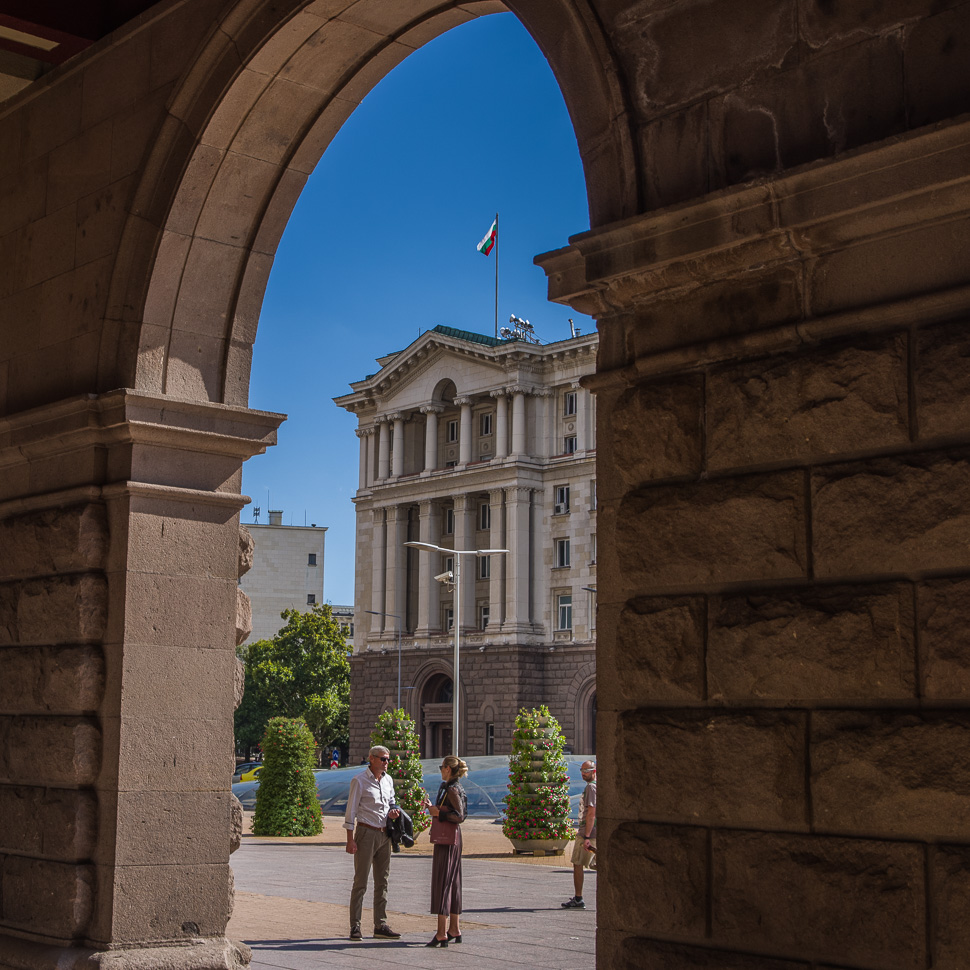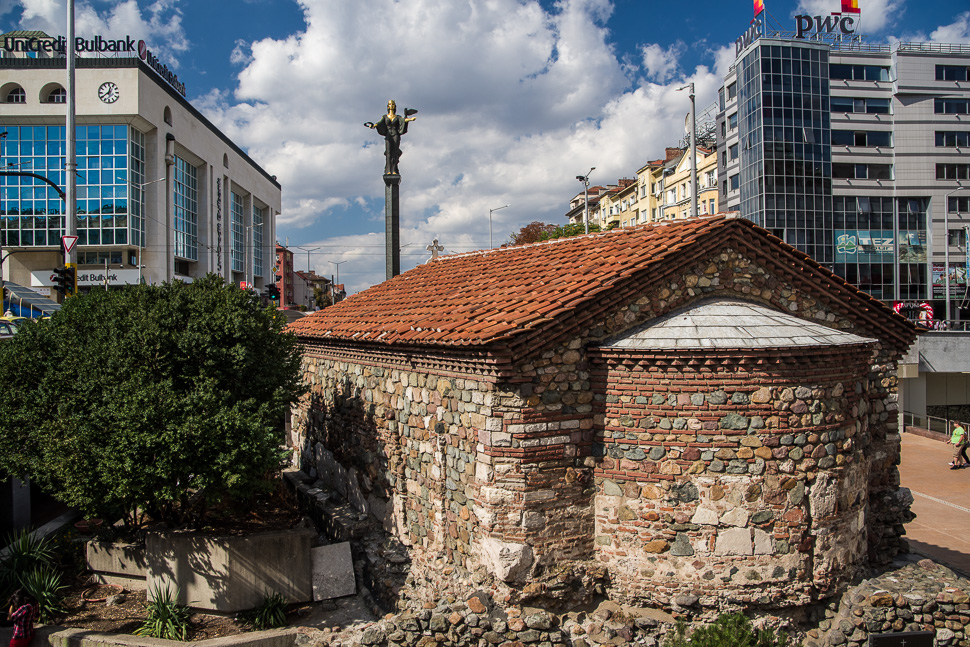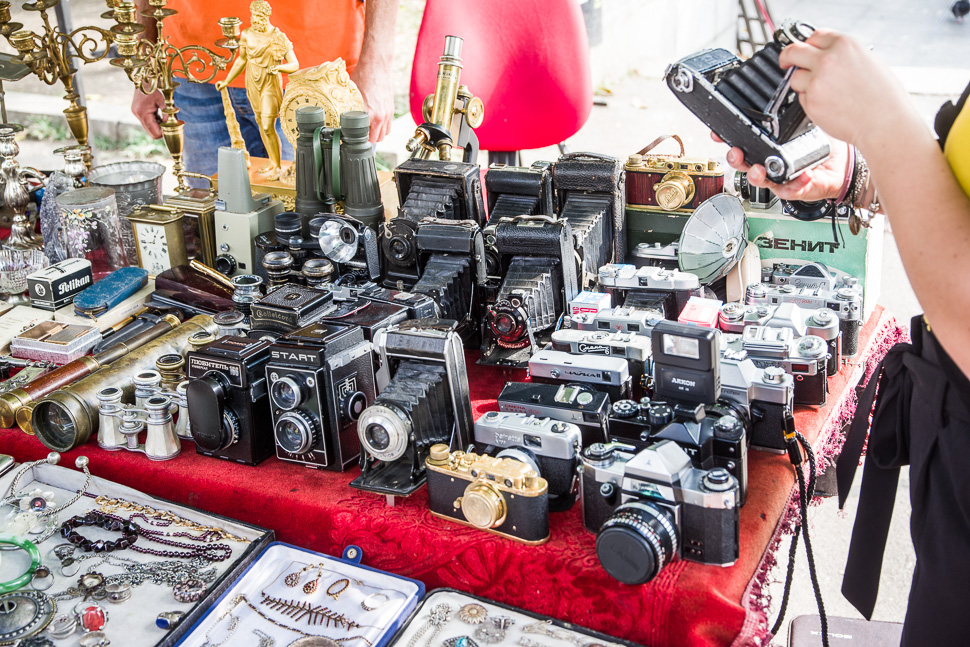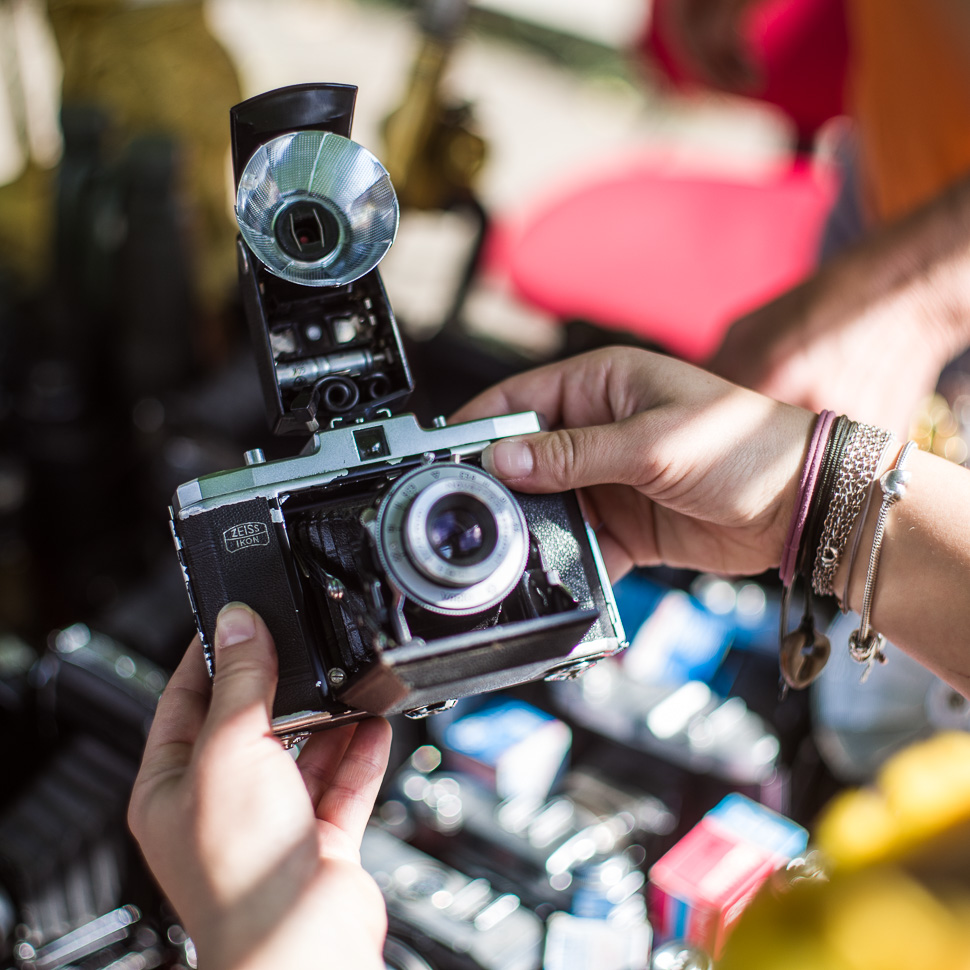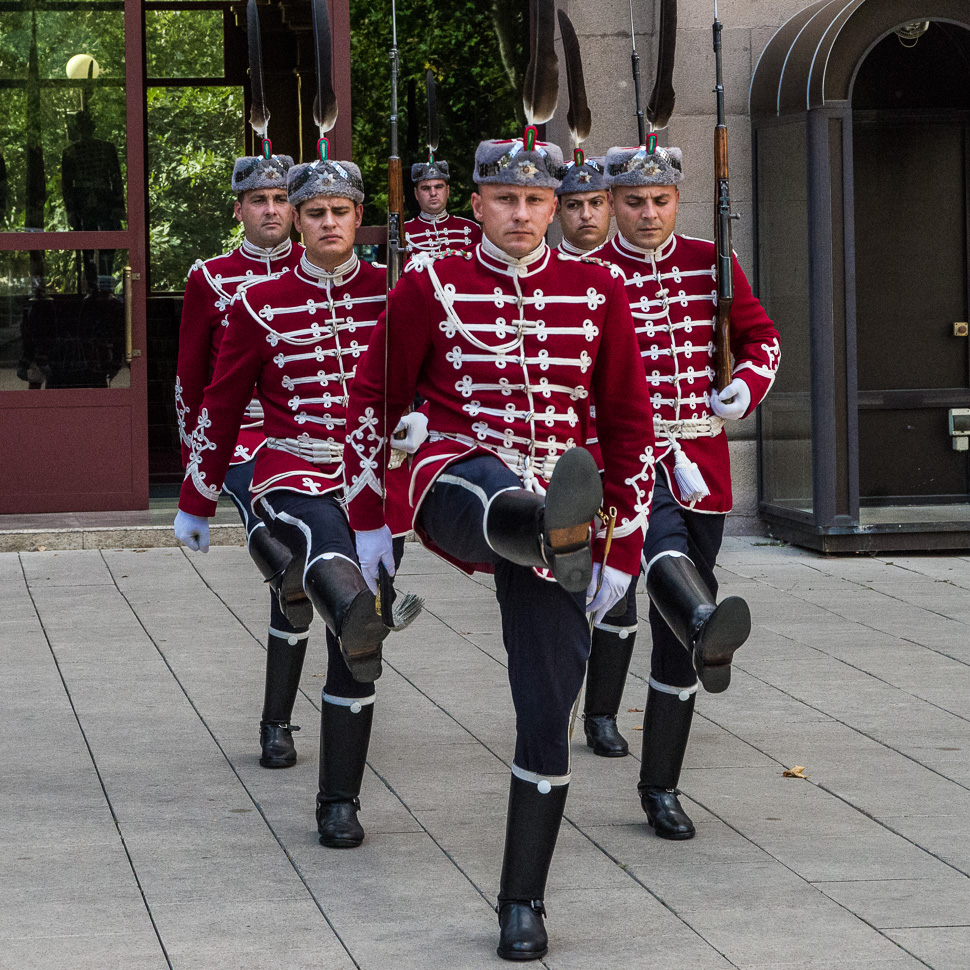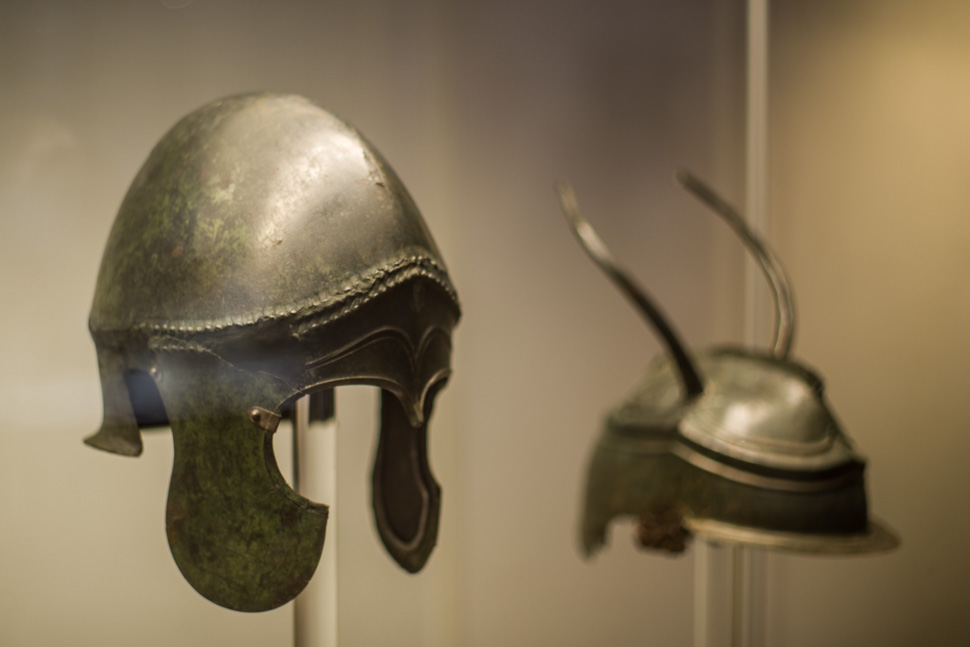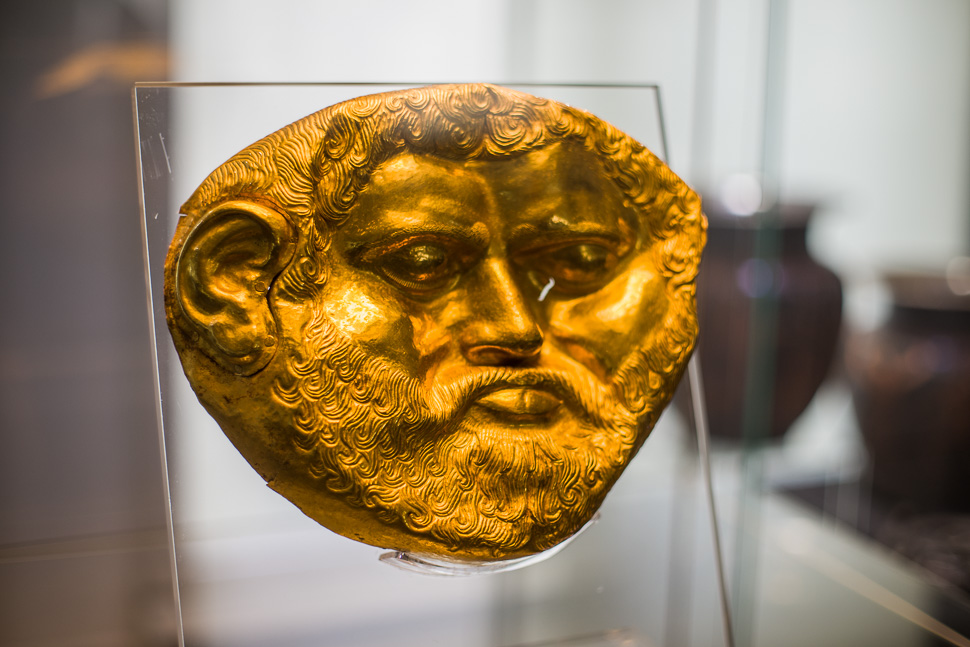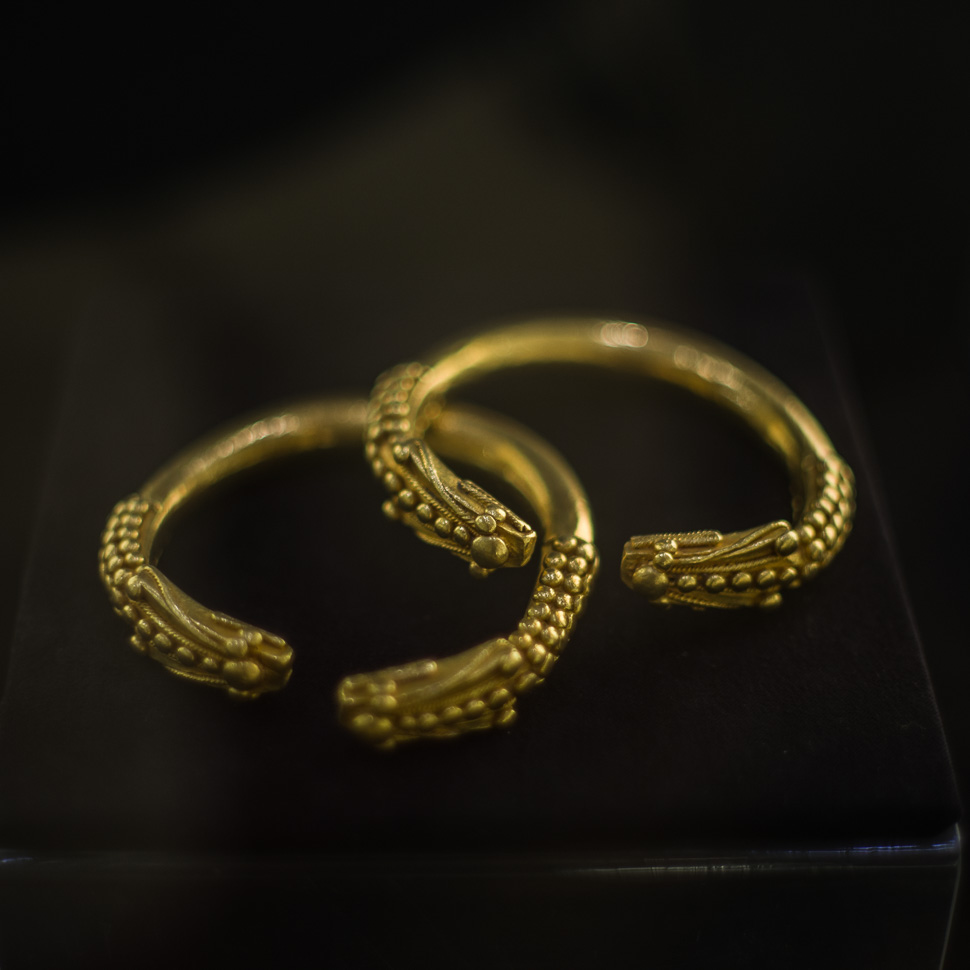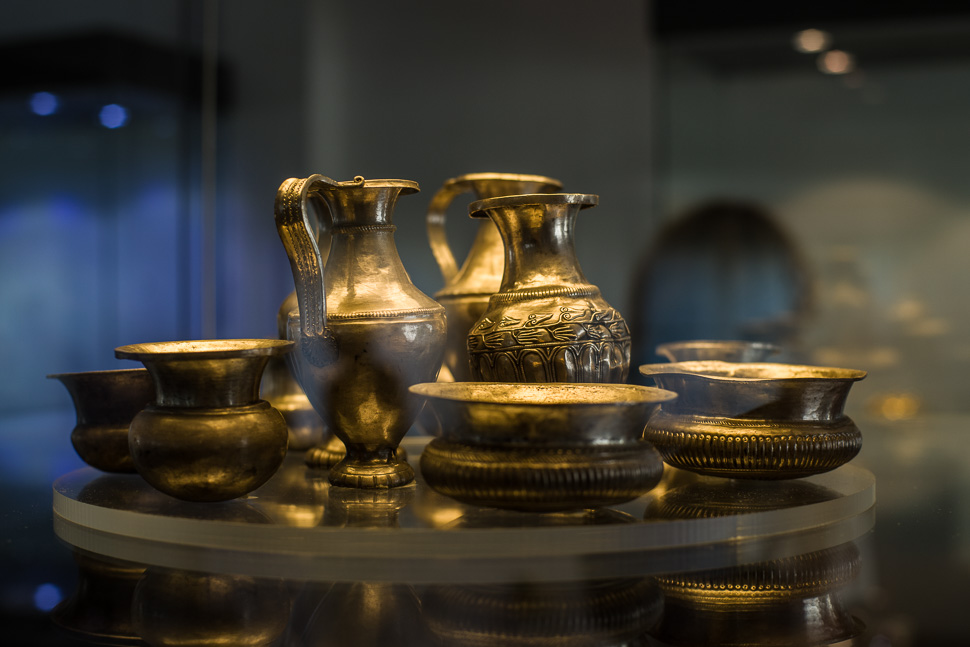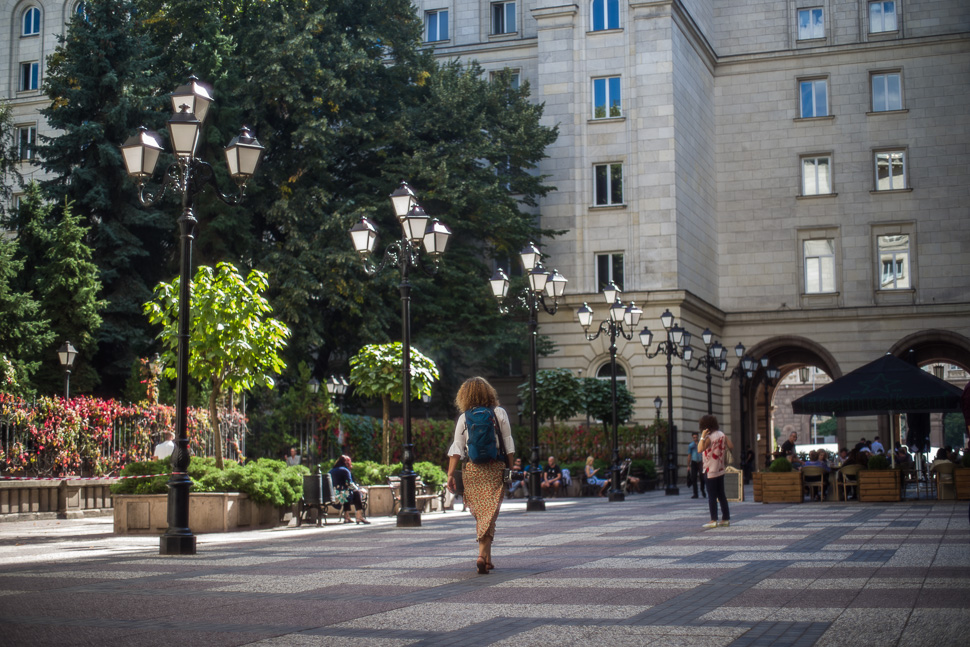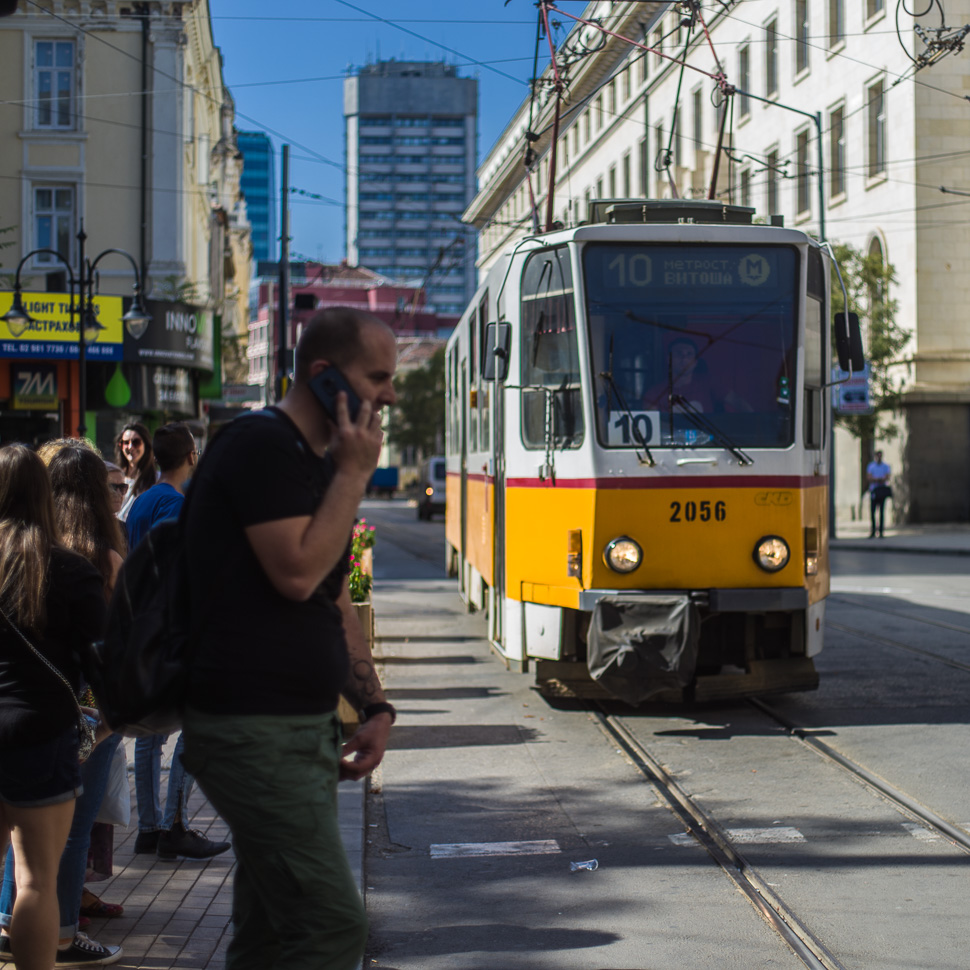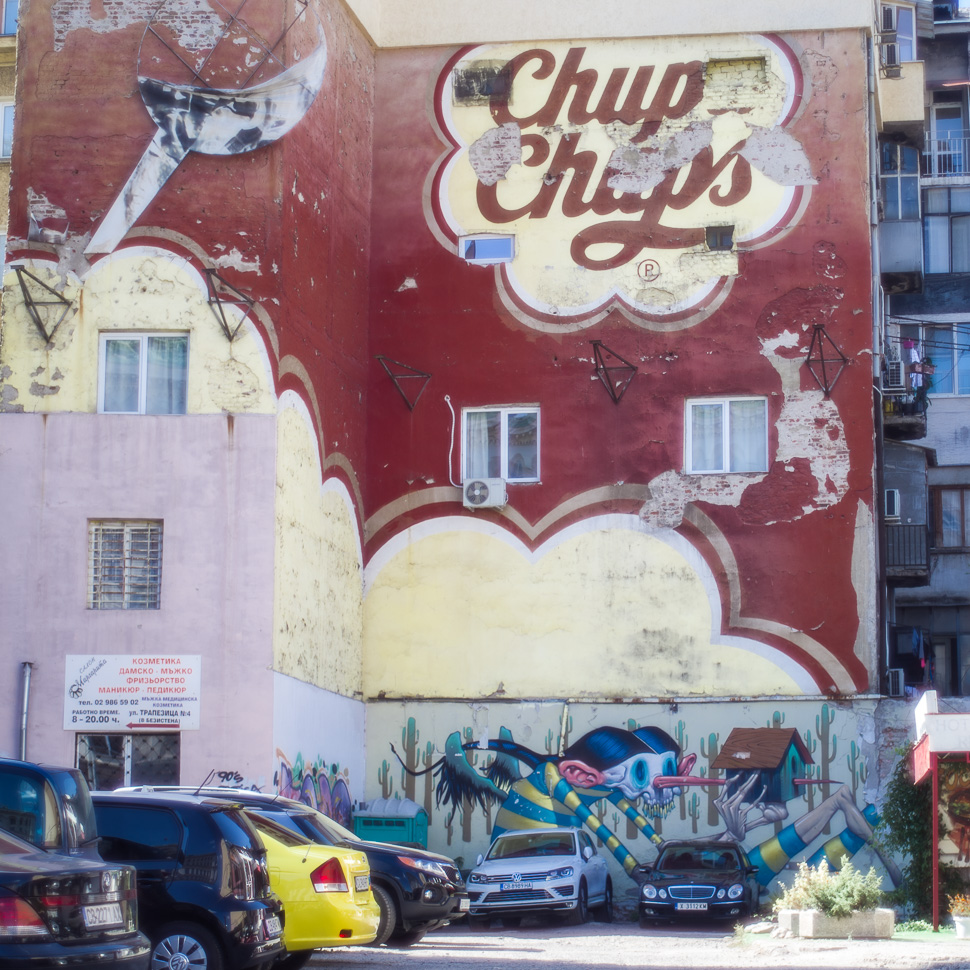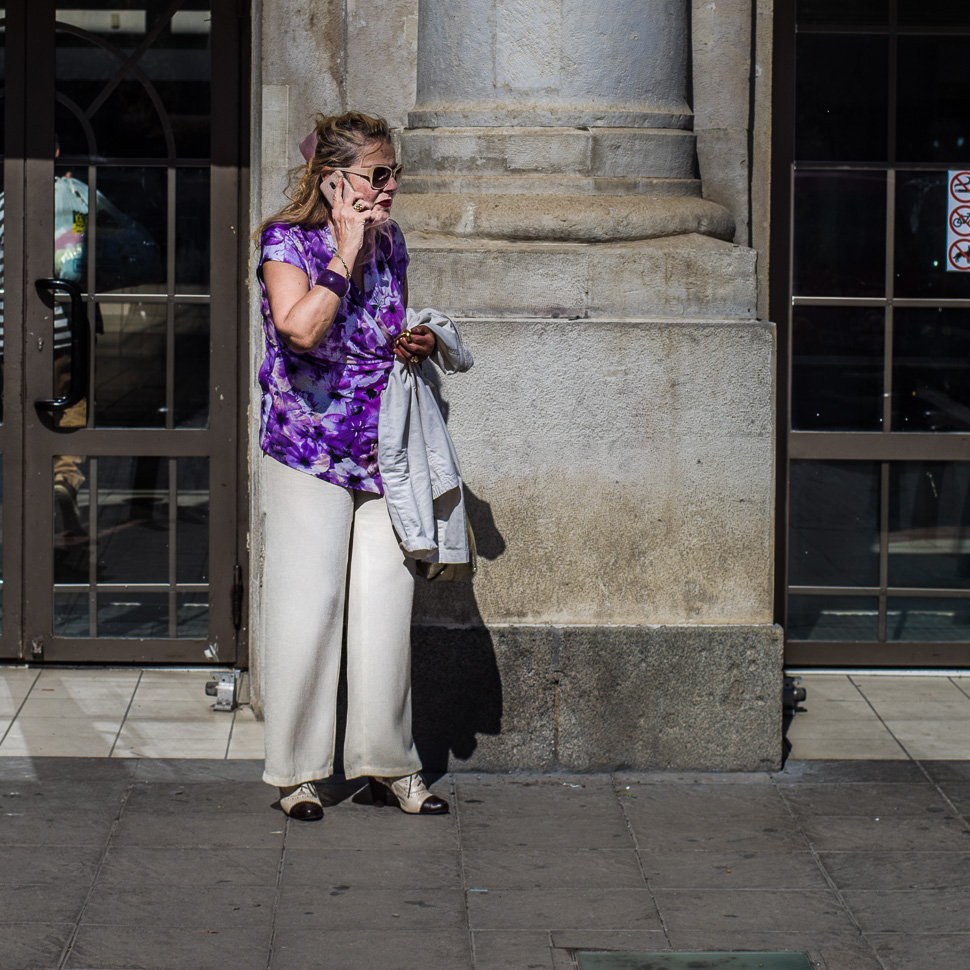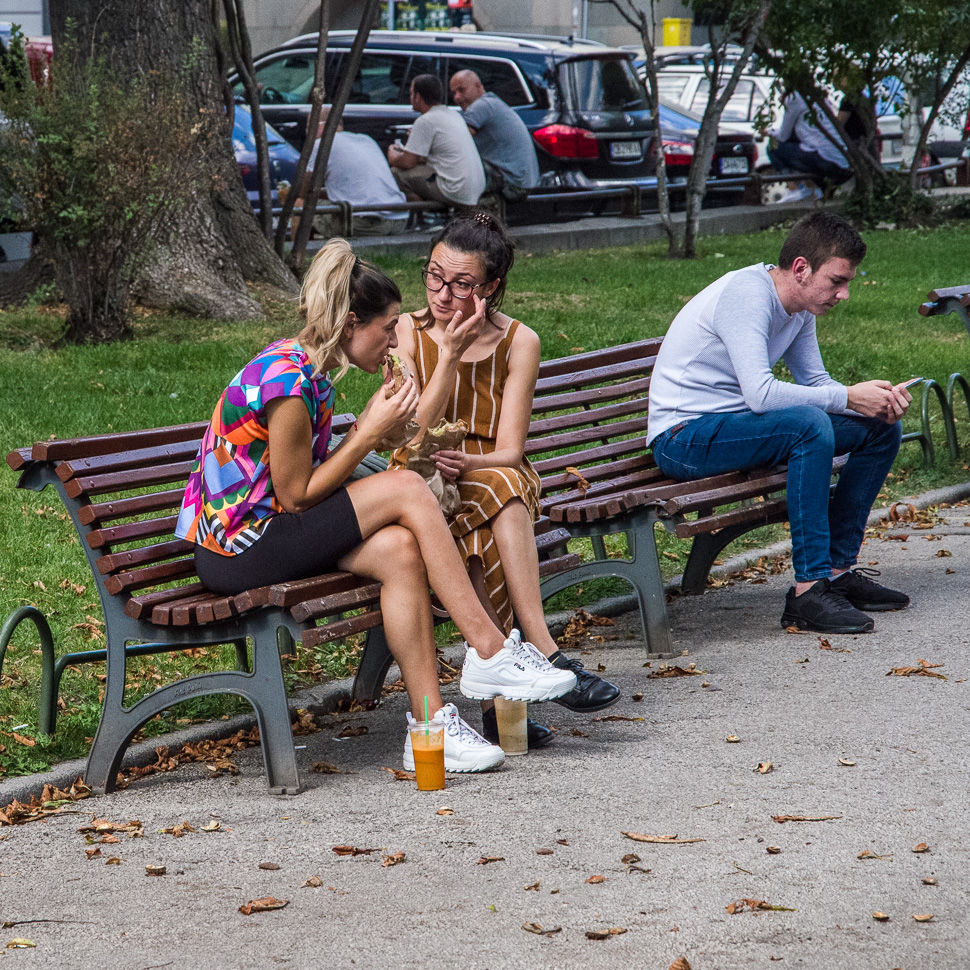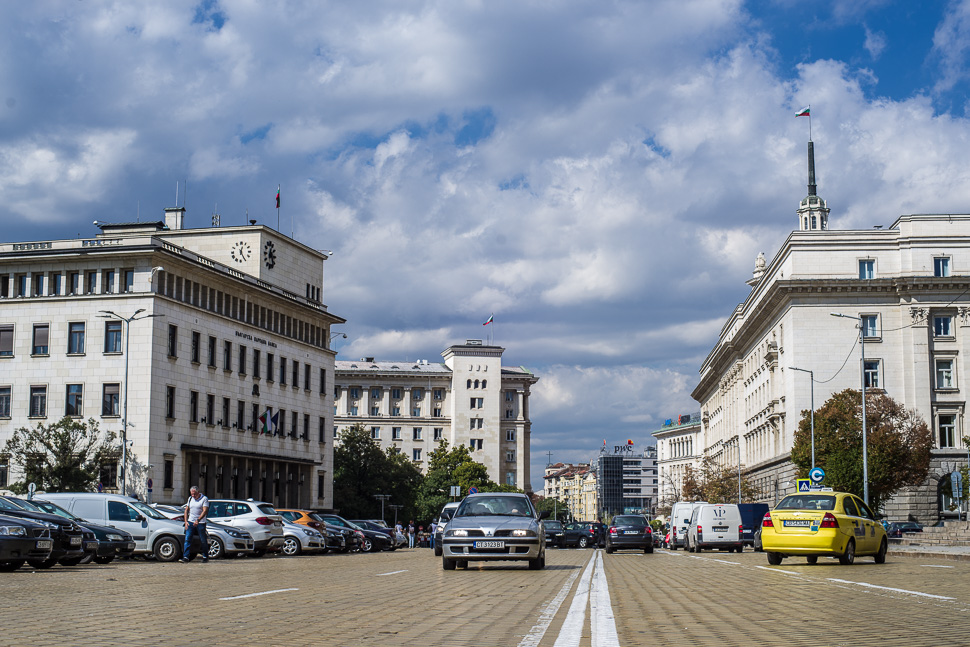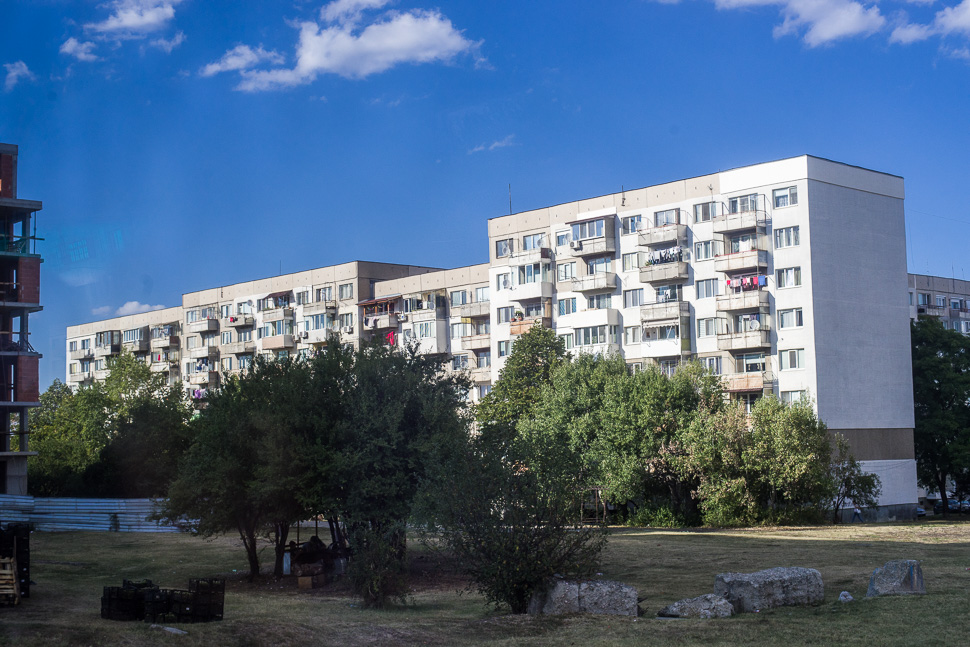Sofia was another surprise on our tour through the south east of Europe. We enjoyed our day at this lively and green city.
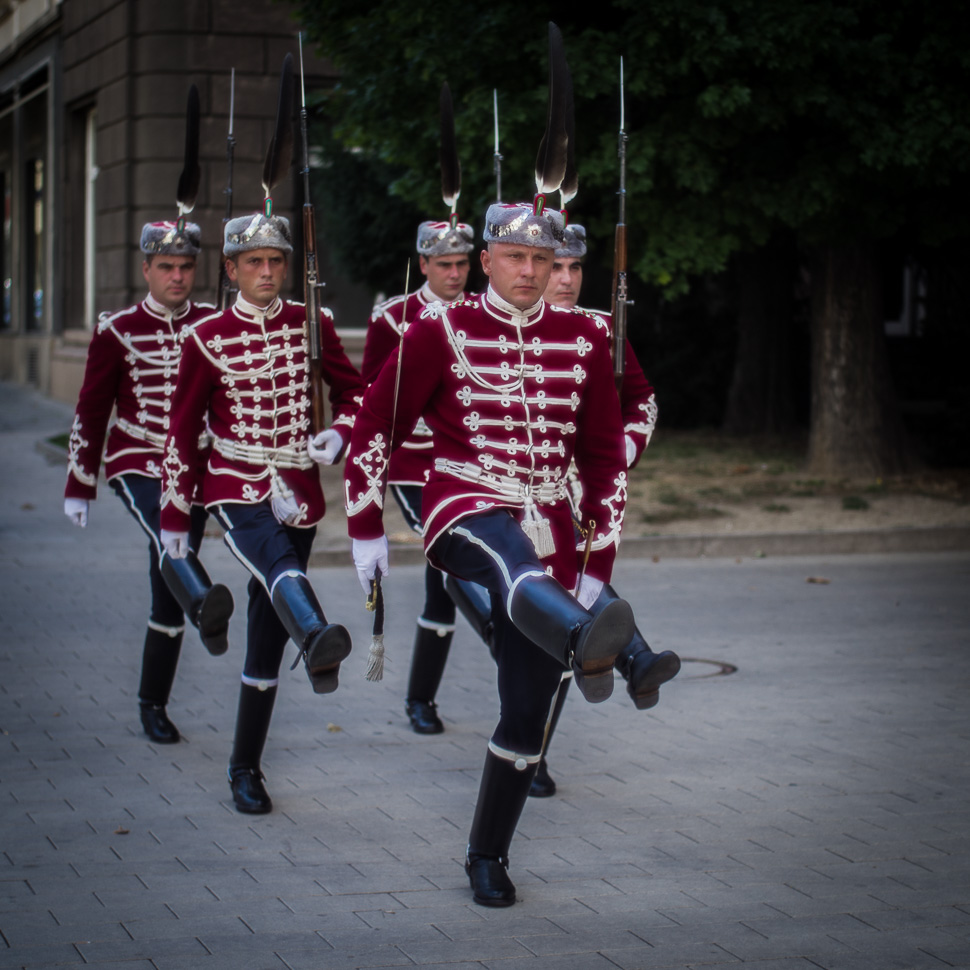 |
| Changing of the guard |
Sofia has a history of nearly 7,000 years, with hot water springs that attracted settlers early on. After the neolithic settlements the Thracian came and later of course the Romans. In 447 Sofia was destroyed by the invasion of the Huns and the city lay in ruins for a century. It was rebuilt by the Byzantine Emperor Justinian I. During his reign the city flourished, being surrounded with great fortress walls whose remnants can still be seen today.
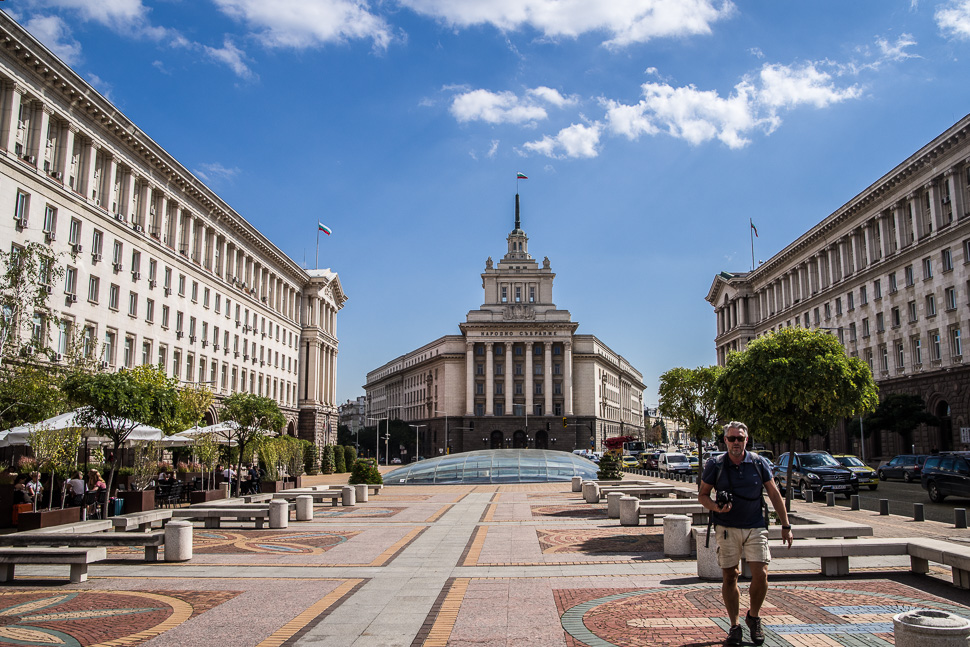 |
| Former House of the Communist Party – today National Assembly Building |
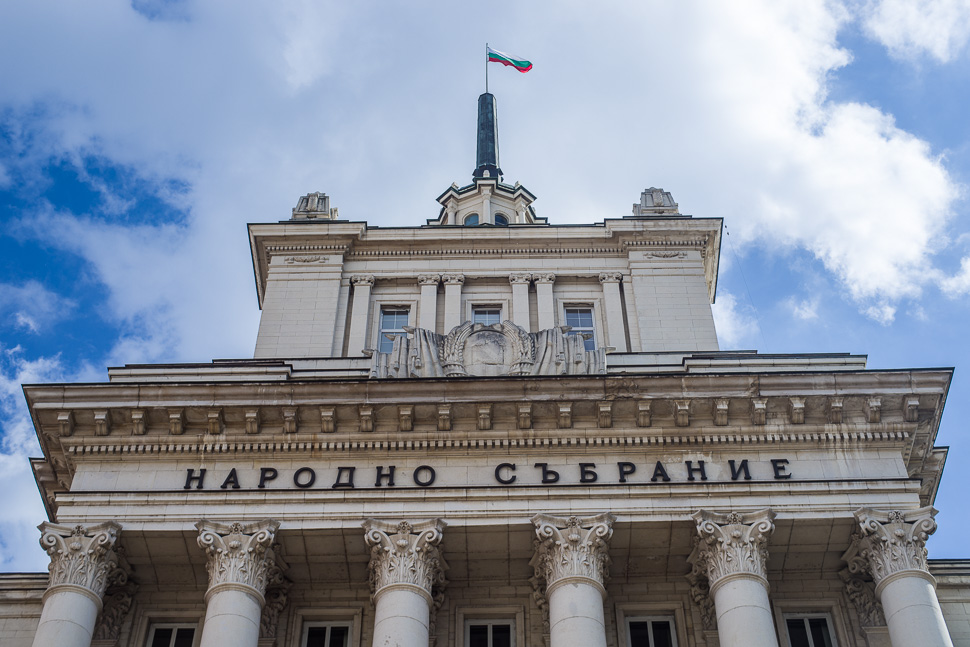 |
| National Assembly |
The Statue of Sveta Sofia in the background was erected in 2000 and stands in a spot once occupied by a statue of Lenin. Sophia is adorned with the symbols of power (crown), fame (wreath) and wisdom (owl). In the front stands the little church of Sweta Petka, built during the Ottoman rule, that’s the reason why it is so small and has only a little cross on top.
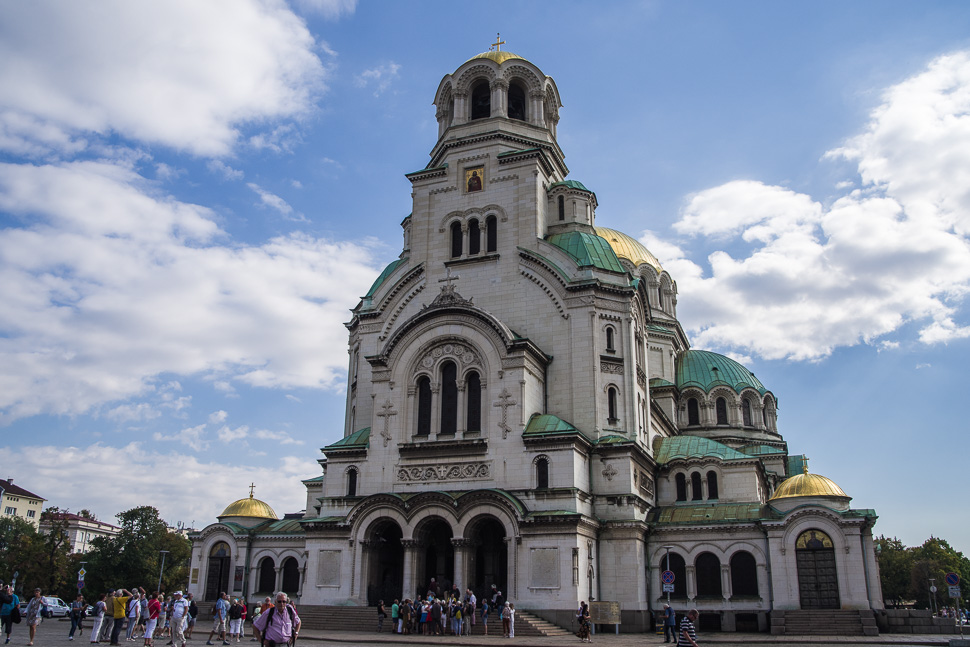 |
| St. Alexander Nevsky Cathedral in Neo-Byzantine style |
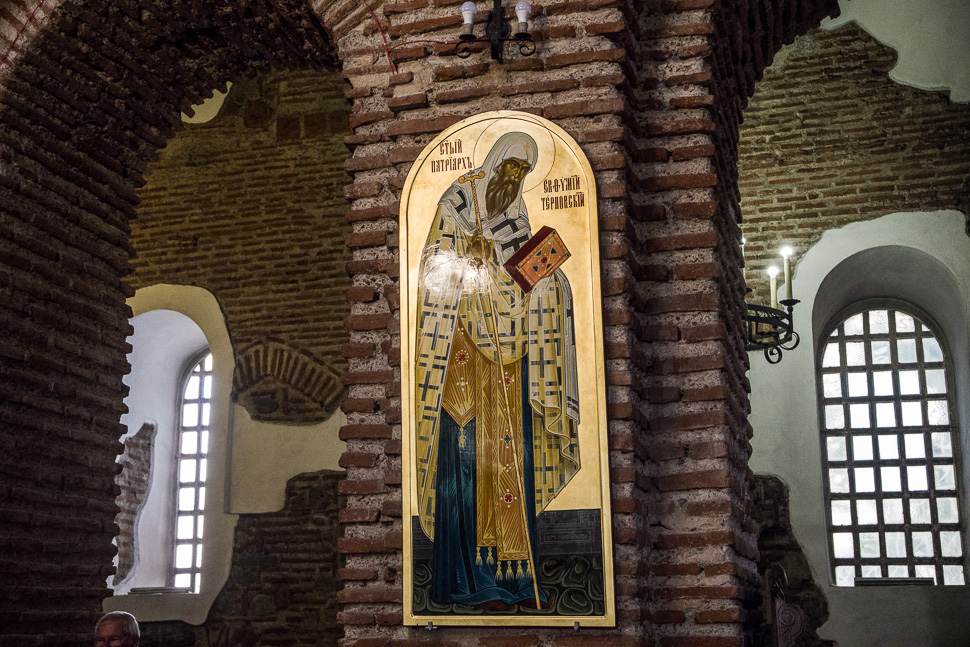 |
| Saint Sofia Church – the second-oldest church in Sofia, dating to the 4th century. |
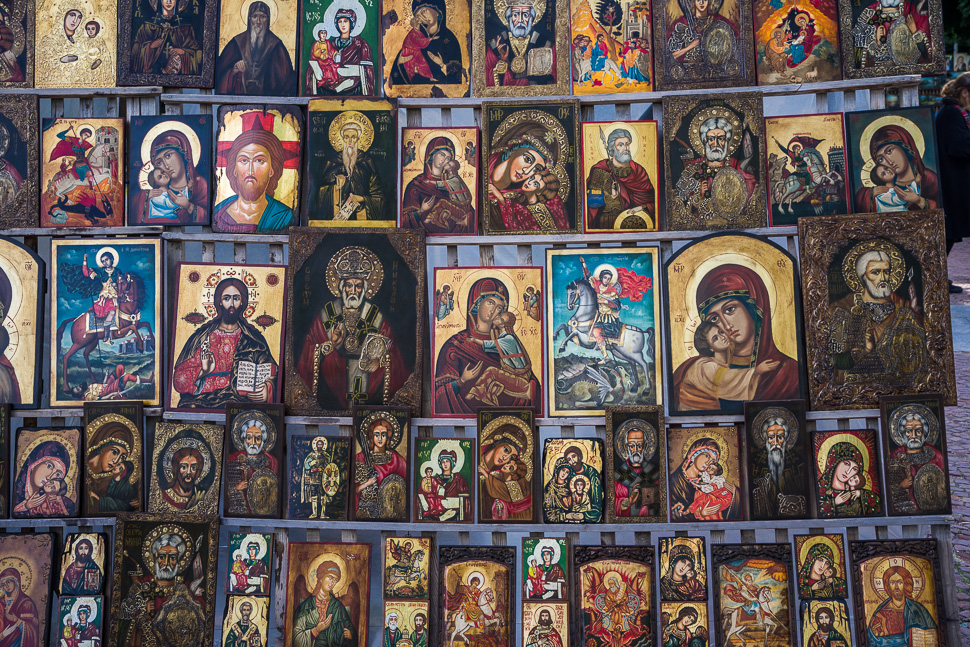 |
| Icons at the flea market |
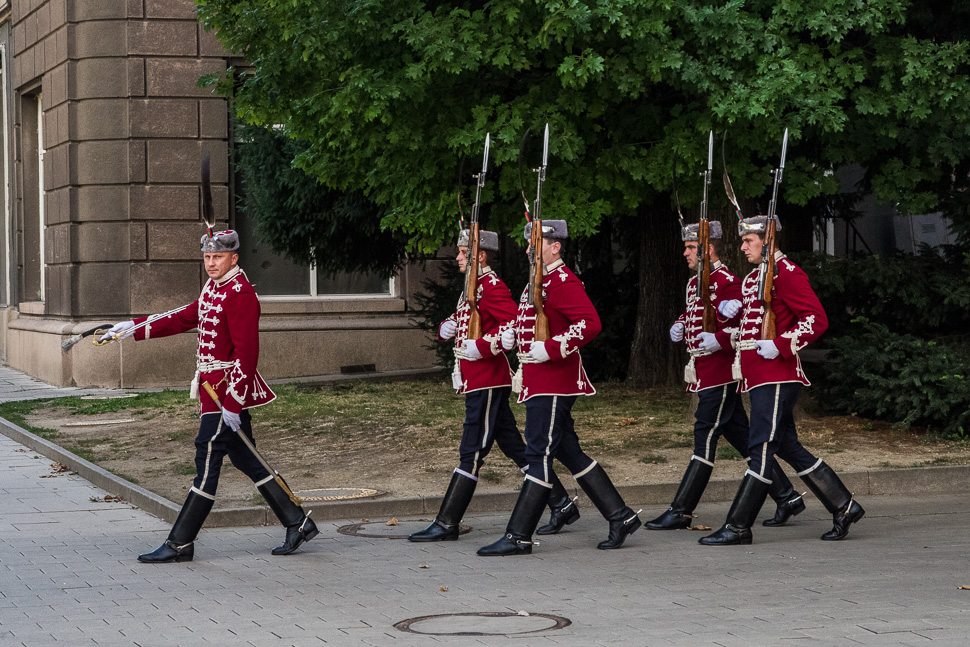 |
| Changing of the guard |
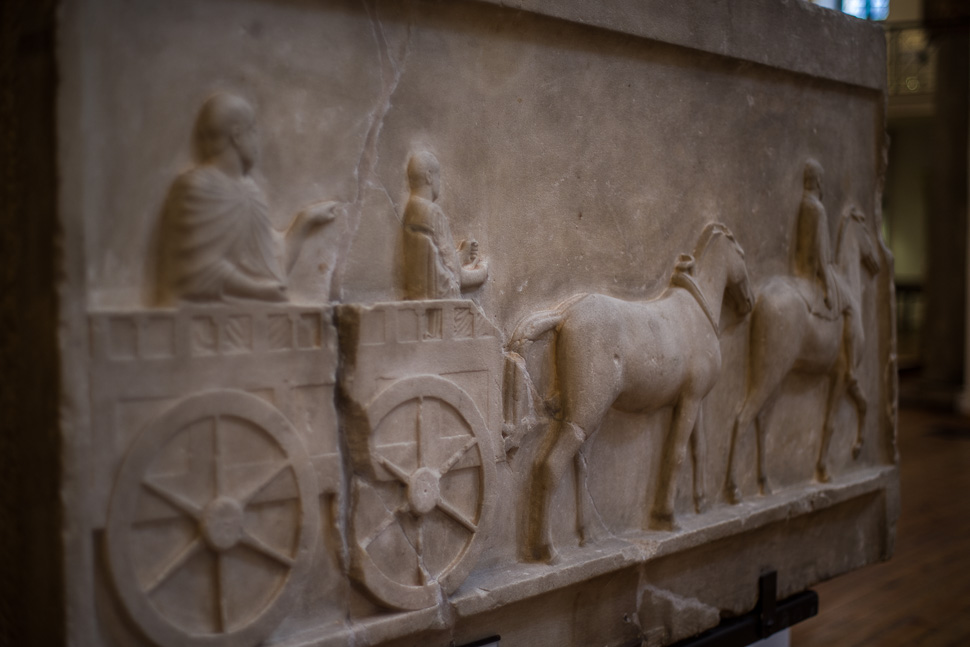 |
| Relief from the early 4th century BC! |
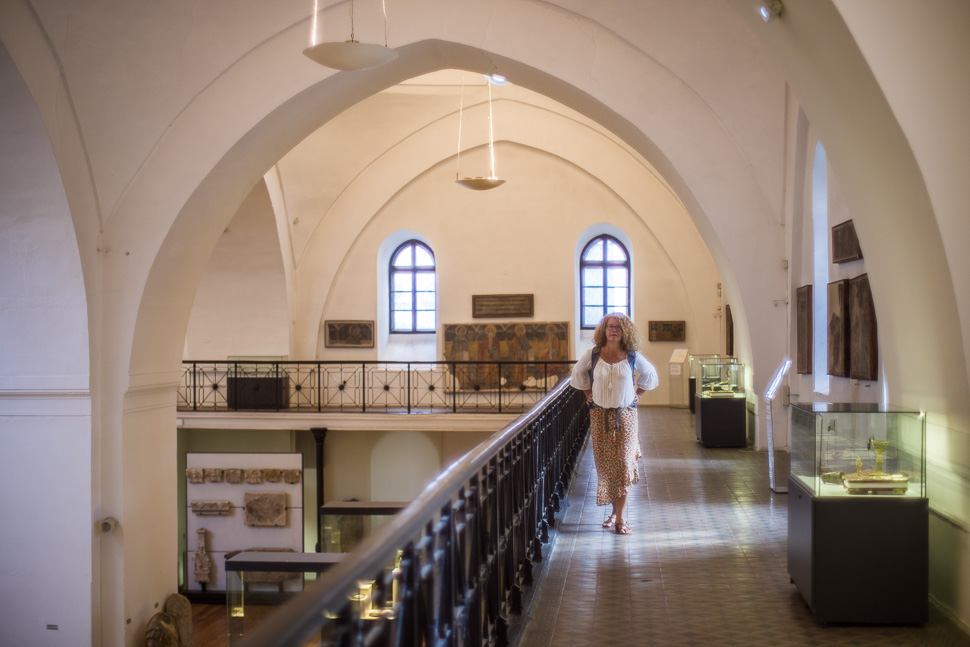 |
|
National Archaeological Museum
|
The gold mask of Schipka was discovered by Bulgarian archaeologists in 2004 in the 2,400-year-old grave of a Thracian king near Schipka, where we had been a couple of days before. Earlier mask finds of this kind were covered only with a gold foil, the mask of Schipka on the contrary is made of more than 500 g of pure gold. In addition, a double axe, a sword, huge amphorae presumably for wine, a gold ring with the image of a rower and several vessels of bronze and silver have been recovered from the grave.
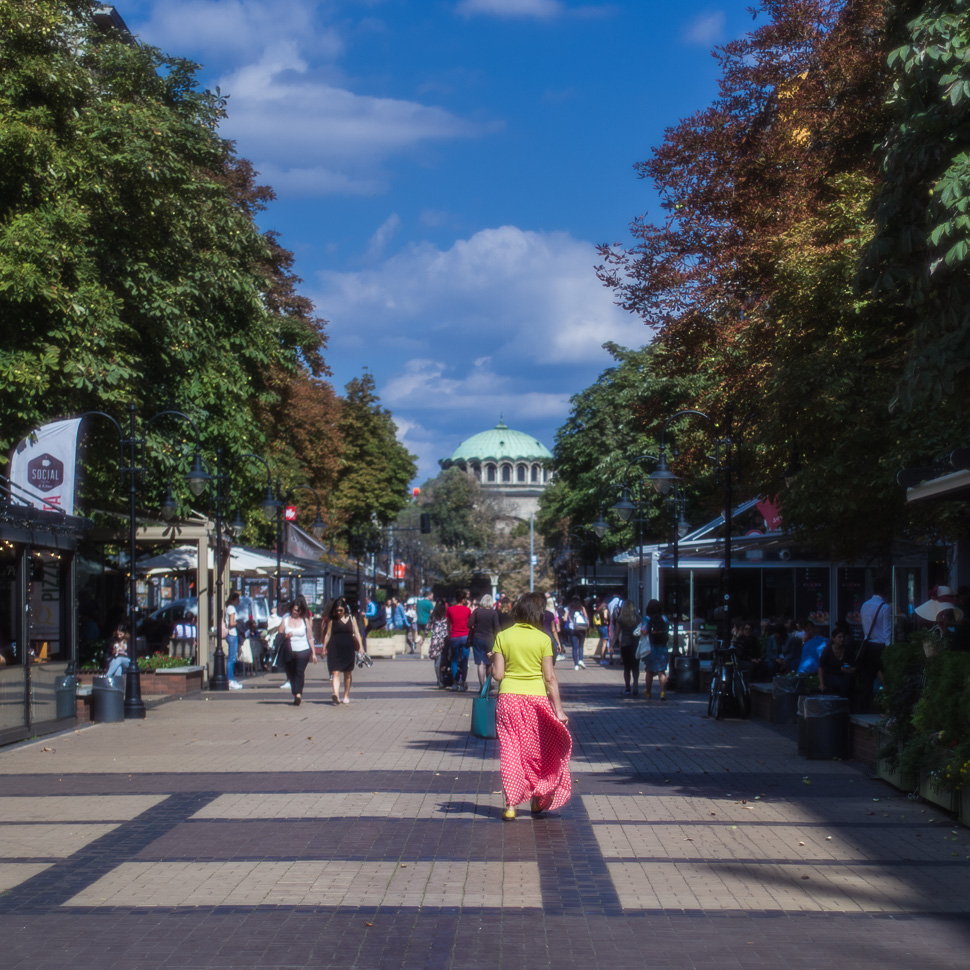 |
| Shopping area full of restaurants |
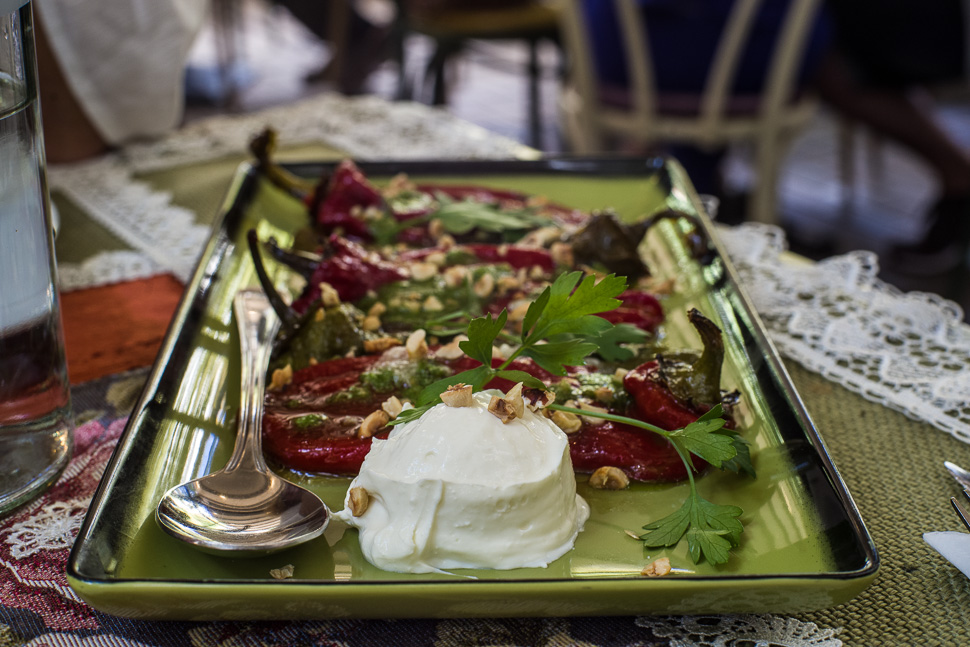 |
| Very delicious lunch break |
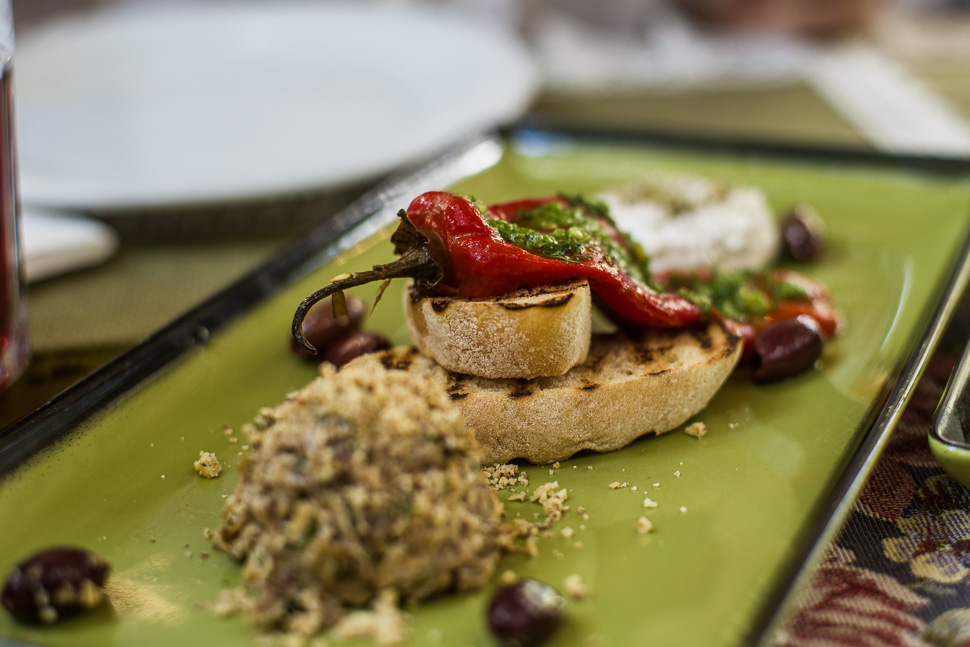 |
| I love the Bulgarian red peppers! |
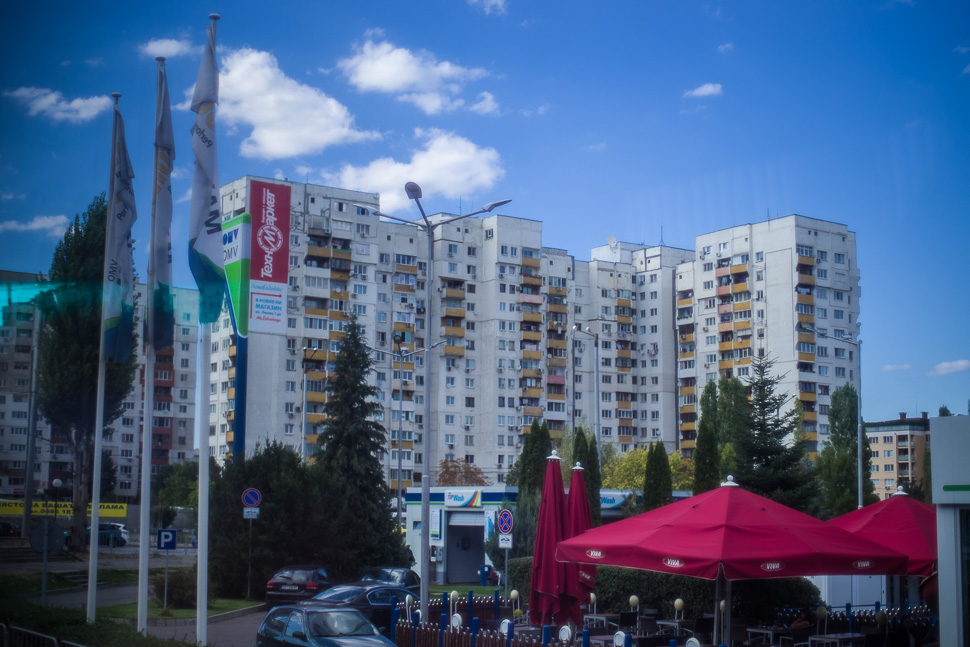 |
| Apartment blocks on the outskirts |



